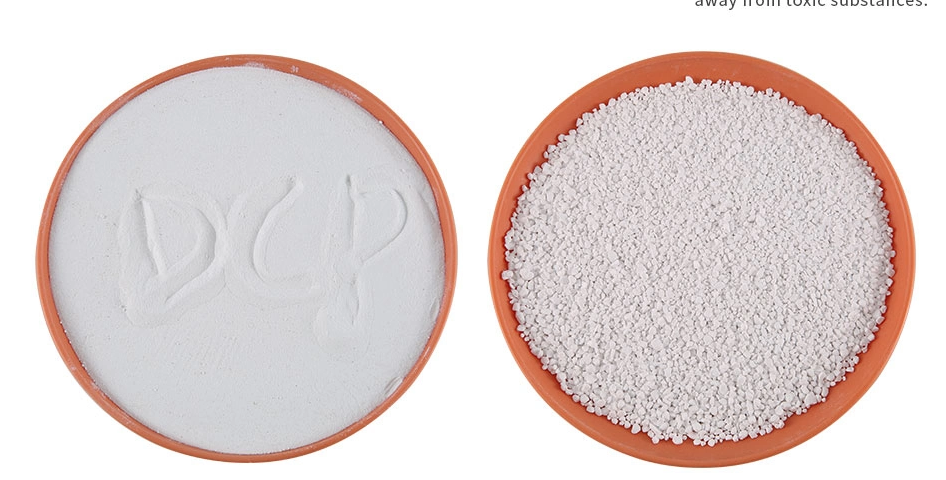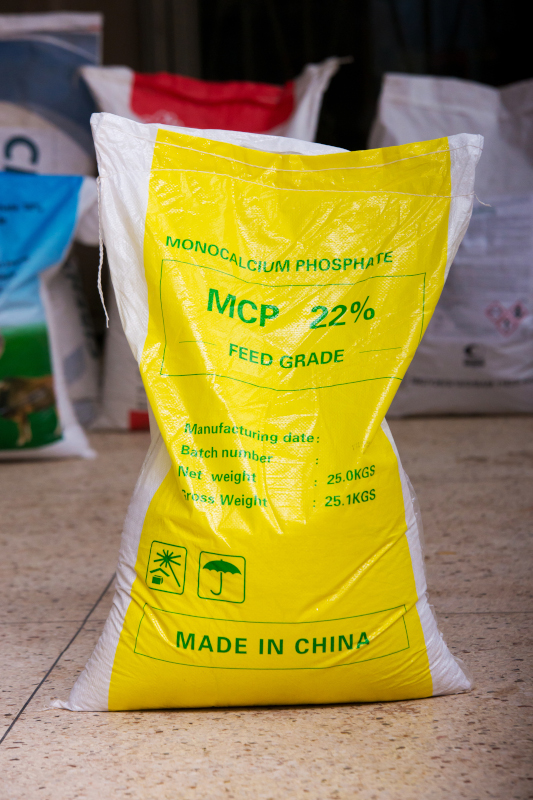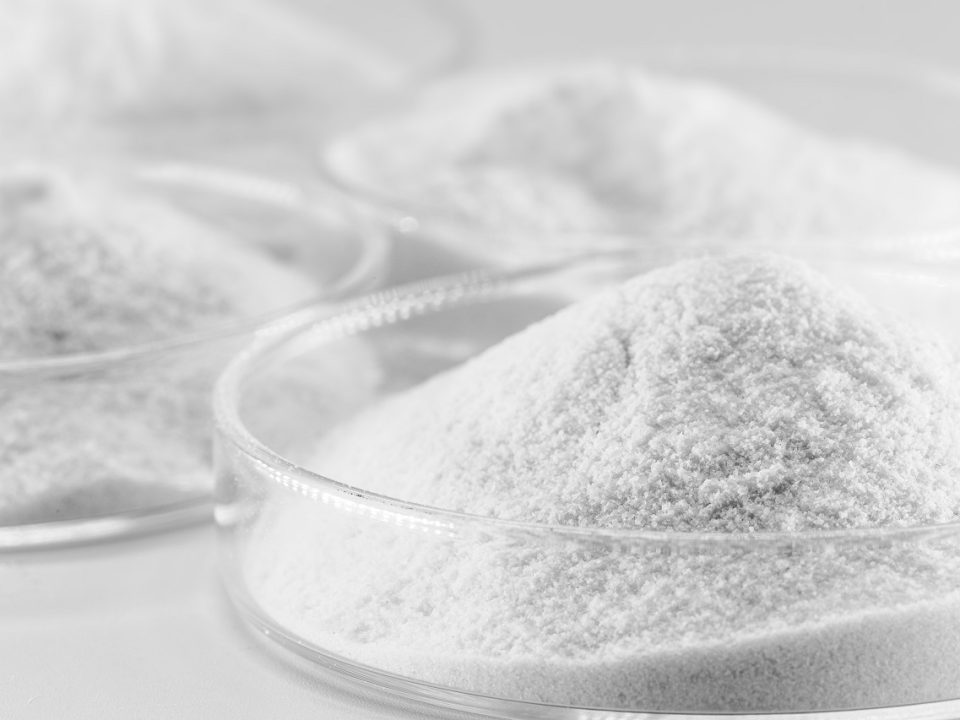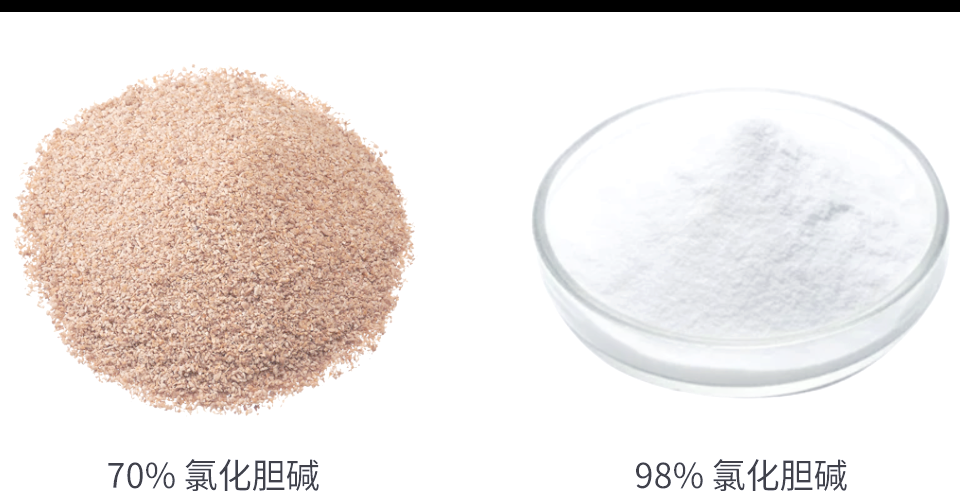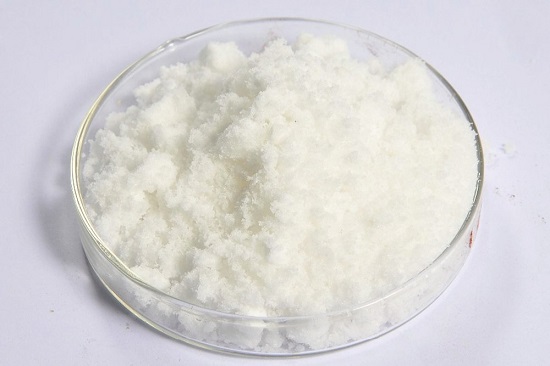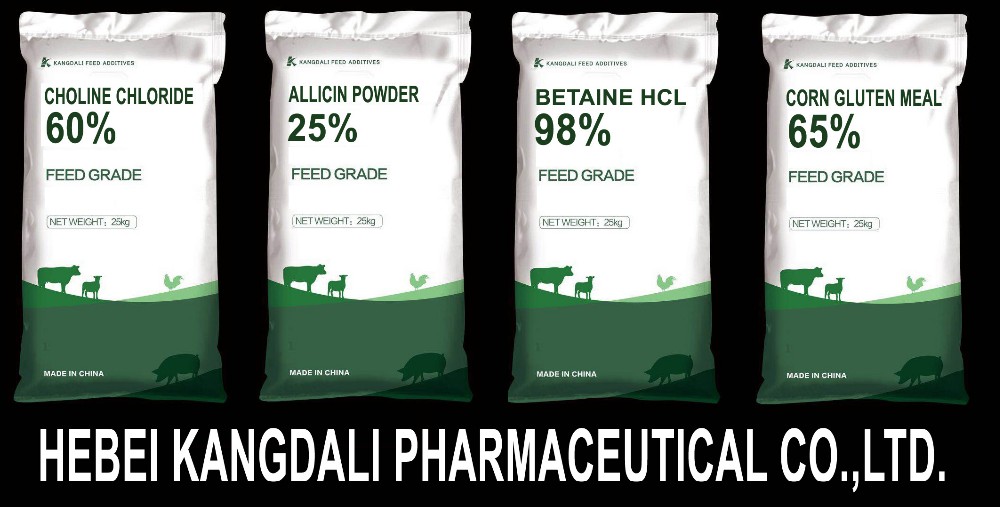What is the difference between DCP and MCP for animals

Part 4. Choline Chloride : A Limiting Nutrient for farm animals.
July 7, 2022
Definitive Study Establishes New Recommended Levels of Phosphorus and Calcium for Pigs
July 12, 2022In general, livestock and poultry receive less phosphorus than they should. This is because the phosphorus content in vegetable feeds reaches only 30% of what is essentially needed, and even then, only half absorbed. Farm animals with a diet that is deficient in calcium and phosphorus often suffer the following health problems:
- restricted growth
- deterioration of appetite
- disruption of the bone mineralization process
- decreased productivity, followed by reduced consumption and digestion of feed; digestive disorders, moulting, and feather/hair loss
- a slowdown or complete cessation of growth
The indispensable source of prevention for these problems can be found in inorganic phosphates. These are used as a supplement to organic feeds to obtain the required level of P-content for optimal production and mineralization of bones.
The main types of feed phosphates are tri-, di– and monocalcium phosphates. Monocalcium phosphate (MCP) and dicalcium phosphate (DCP) are the most commonly used forms of inorganic feed phosphates. The main difference between these feed phosphates is phosphorus content.
During the manufacturing process of feed-grade calcium phosphates, limestone (CaCO3) and phosphoric acid (H3PO4) react together under carefully controlled conditions. When these two ingredients are mixed, a chemical equilibrium is reached, resulting in a mixture that contains monobasic calcium phosphate (MCP) and dibasic calcium phosphate (DCP).
The actual composition of the final phosphate feed additive (the amounts of MCP and DCP) is influenced by variables such as the ratio of limestone to phosphoric acid, the strength of the phosphoric acid, temperature, and the purity of the raw materials used. However, the total concentration of phosphorus in the final feed-grade phosphate product will always be determined by the initial concentration of H3PO4 used in the manufacturing process.
Production is usually conducted with processes that dissolve phosphate raw material with sulphuric acid. This is the cheapest method to obtain phosphoric acid, and results in a product usually intended for fertilizer production. To turn the phosphoric acid into a feed-grade product, it must be treated to remove fluorine compounds, heavy metals (As, Cd, Pb, Hg) and insoluble substances. The classic process for phosphate feed production consists of a sequence of processes and separate operations. These are:
- The removal of fluorine compounds and heavy metals from the phosphoric acid via a wet-process
- The filtration of sludges containing impurities
- The neutralization of elements of the phosphoric acid
- The crystallization of feed phosphates
- Filtration
- Drying
- Crushing
Comparative analysis of feed phosphates, conducted by chemists from leading research institutes, shows that the highest digestibility of phosphates was recorded when combined with a 2% citric acid solution. The best results were produced by feed phosphates that do not contain fluorine, as they saturated the body with both phosphorus and calcium. As a result, they found a distinct advantage in using Monocalcium phosphate made from DCP enriched with defluorinated feed-grade phosphoric acid over other sources of phosphorus. MCP has the highest phosphorus content by weight, and is a major reason why many feed manufacturers and producers are beginning to change from DCP to MCP.
The high solubility and optimal phosphorus concentration of MCP offers increased flexibility in diet formulation. The production process used increases the digestibility of the final product and, hence, increases the dietary absorption rate. It is worth noting that, MCP derived from DCP via the HCl production process has a particularly high digestibility because of its purity, while anhydrous dicalcium phosphates offer the lowest value of feeding. The second reason for feed manufacturers to change from anhydrous DCP to MCP.
Source of P Total P (%) Digestible P (% of total)
Dicalcium phosphate (DCP) (anhydrous) 19.7 55
Dicalcium phosphate (DCP) (hydrous) 18.1 77
Monocalcium phosphate (MCP) 22.6 84
Monocalcium phosphate is a powder of medium hygroscopicity (granules 0.2-1.4 mm in size) – white or grey colour, and easily soluble in a water environment. Compared with other inorganic sources of phosphorus, such as dicalcium phosphate and tricalcium phosphate, MCP has the following features and advantages:
- neutralizes the harmful effects of a number of elements – sodium, potassium, magnesium, and others
- ensures the proper functioning of the heart, nervous and muscular systems, as well as many other organs
- improves digestion, by increasing the activity of digestive enzymes
- strengthens the immune system
- participates in the relocation of lipids, protein biosynthesis, and the cleansing of the intestine from harmful substances
- improves the efficiency of carbohydrate, protein, fat, mineral, and energy metabolism in the body
- does not contain heavy metal impurities
- does not have a destructive effect on enzymes and vitamins, nor does it block the effect of proteins and the amino acids
- contains the highest degree of digestibility (bioavailability)
- a minimal amount of phosphorus is released in animal waste, limiting environmental pollution
- contains a minimal amount of mineral mixture for maximum digestibility


